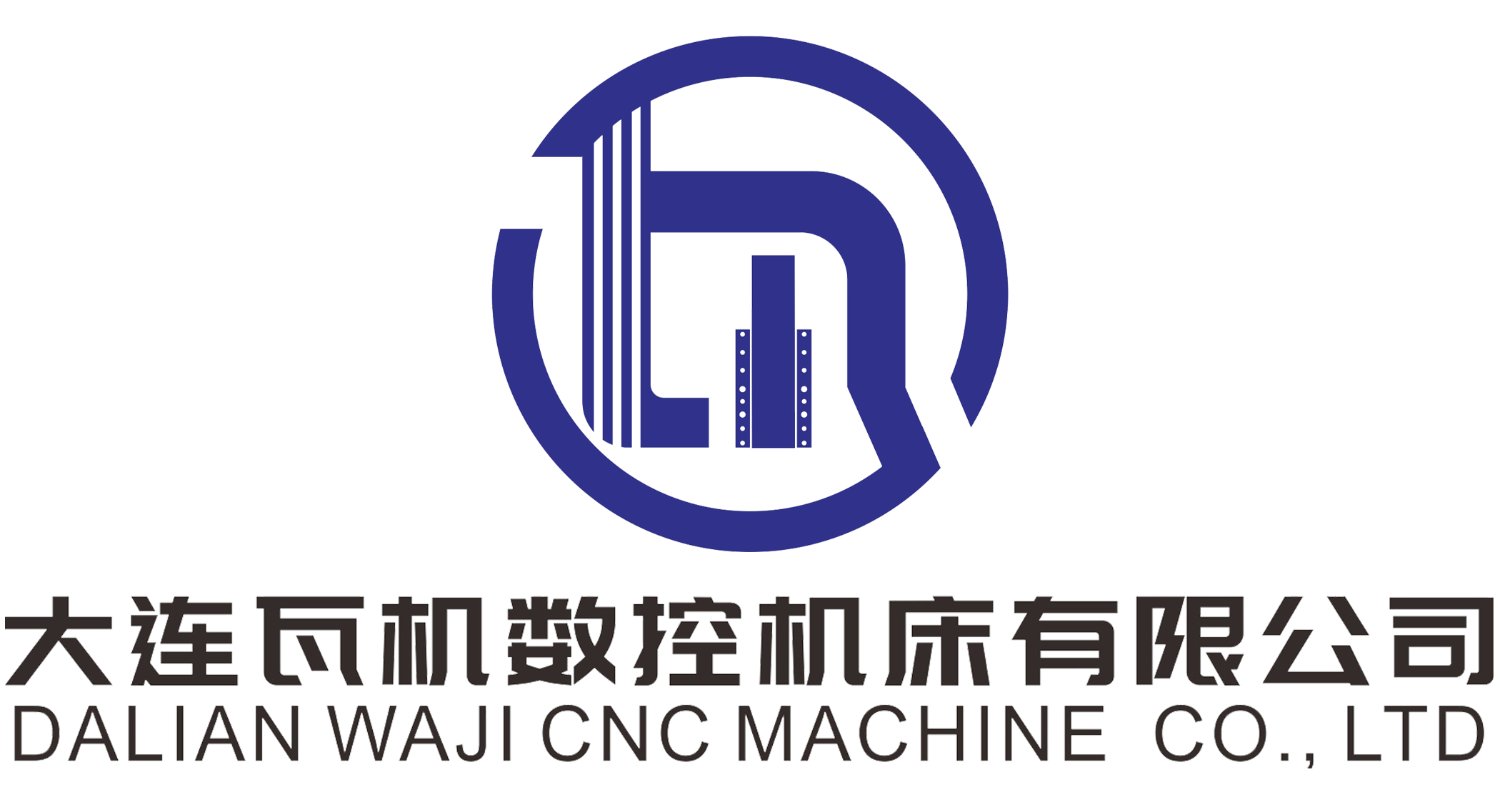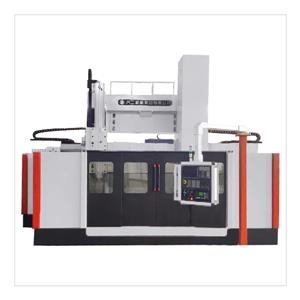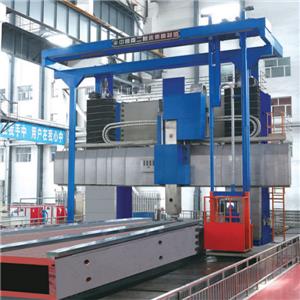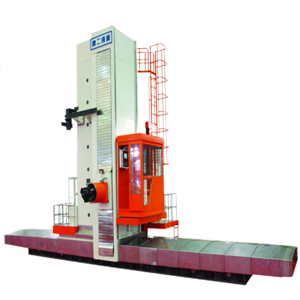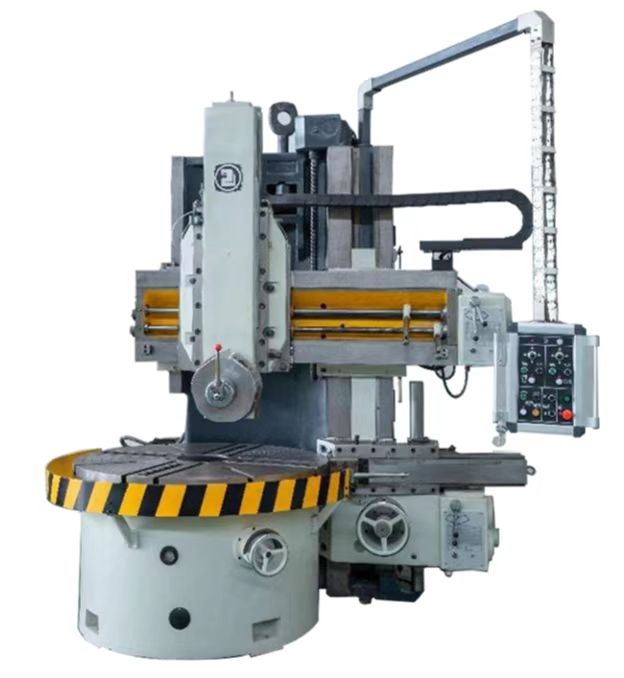Introduction to the use of vertical lathes
The spindle of a vertical lathe is vertical, and there is a circular worktable that holds the workpiece. Due to the degree of position of the worktable, the alignment and clamping of the workpiece are relatively convenient, and the gravity of the workpiece and worktable is accepted by the bed guide rail or thrust bearing, so that the spindle does not bend. Therefore, vertical lathes are suitable for processing large discs and large and short sleeve parts.
The vertical tool holder on a vertical lathe can be moved along the beam guide rail and tool holder guide rail for lateral or longitudinal feed. The tool holder can be deflected to a certain angle for oblique feed. The side knife rest can be moved up and down along the column guide rail, or can move left and right along the knife rest slide to complete longitudinal or transverse feeding.
Vertical lathes are large mechanical equipment used to process large and heavy workpieces with large radial dimensions and relatively small axial dimensions, with complex shapes. Such as the cylindrical surface, end face, conical surface, cylindrical hole, conical hole, etc. of various discs, wheels, and sleeve workpieces. Additional installation can also be used to stop machining such as thread turning, spherical surface turning, profiling, milling, and grinding.
Compared to a horizontal lathe, the clamping of a workpiece inside the clamping decoration of a horizontal lathe. The spindle axis of a vertical lathe is vertically planned, and the worktable top is in a horizontal plane, making it easier to clamp and align the workpiece. This planning reduces the load on the spindle and bearings, so that vertical lathes can maintain working accuracy for a longer period of time.
